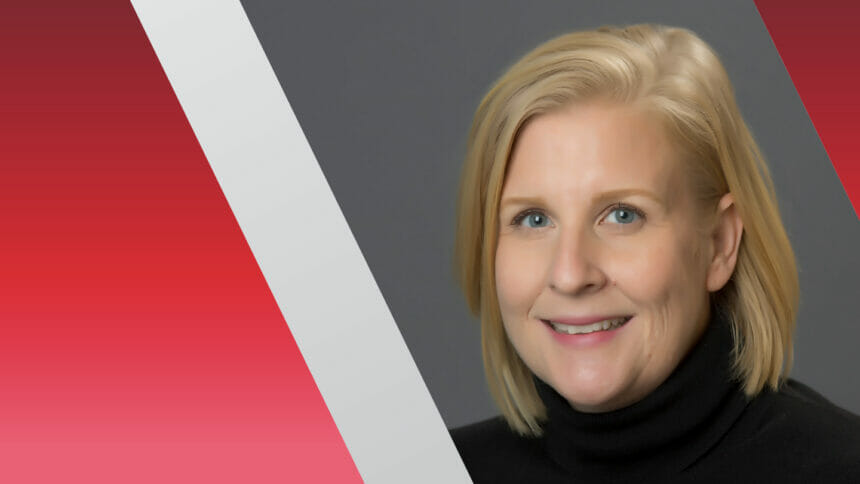
Lawmakers in Minnesota have created a regulatory board to set compensation levels for nursing homes without approving funding for facilities to afford higher wages, a situation that could lead to difficult choices, sector advocates said.
The Nursing Home Workforce Standards Board will set minimum employment standards, certify worker organizations to provide training, and create curriculum training requirements, according to local news reports. The statute calls for the first wage limits and working hours to be set by Aug. 1, 2024.
Nursing home advocates, though, say this unfunded mandate adds insult to injury to a sector already battling workforce challenges and severe underfunding. Earlier in the legislative session, lawmakers declined to approve an amendment that could have led to a $2 per hour increase in wages for workers.
“The Nursing Home Workforce Standards Board passed by the Minnesota Legislature this session is troubling,” LeadingAge Minnesota CEO Kari Thurlow told McKnight’s Long-Term Care News in an email Friday. “It gives power to a group of individuals appointed by politicians to dictate how nursing homes should run their settings – how much to pay caregivers and what training they need – in a sector already highly regulated by state and federal laws.”
While the board will have the authority to set wage levels, only the state legislature can appropriate funds, LeadingAge’s Vice President of Advocacy Erin Huppert told McKnight’s on Friday. The board also will use financial forecasts to set compensation levels, but those projections are based on cost data that is at least two years old, Huppert added. The 2023 projections were based on 2021 costs with a 10% markup, but the real-world costs to nursing homes far exceeded that markup, she said.
To comply with whatever wage levels are set, facilities might need to reduce occupancy, put more beds out of service, or consider shuttering.
“LeadingAge and our members support being able to pay workers family-sustaining wages,” Hupper said. “But that responsibility lies with the legislature.”
The creation of the oversight board was included in the state’s Jobs and Labor Budget bill, a nearly $1.5 billion package that invests in home- and community-based programs for seniors but leaves out funding for nursing homes, Patti Cullen, CEO of Care Providers of Minnesota said.
“Our message is one of profound disappointment and concern over the human services conference committee bill that has failed to prioritize senior care,” Cullen said. “Despite the pressing needs of our aging population and the undeniable crisis unfolding within our care system, this bill falls woefully short in addressing the dire situation faced by seniors, families, and communities across Minnesota.”
Care Providers and Minnesota and LeadingAge Minnesota recently partnered on a survey that was shared with lawmakers showing the depth of problems among their members. Three-quarters of facilities reported not having enough licensed staff and 12% of facilities said they were considering closing, the survey found. Among other findings, as reported by McKnight’s recently:
· 2,597 beds in nursing facilities have closed or been placed on layaway since 2020.
· Skilled nursing facilities are denying 450 admission referrals per day – an increase of 44% in nursing homes alone.
· In greater Minnesota, 16.9% of nursing facilities have exhausted their reserves while another 38% are using their reserves but not close to draining them.
· In the seven-county metro area, 12.5% of nursing facilities have exhausted their reserves.
Since 2019, 23 SNFs have closed down and another recently announced it will halt operations next month.




